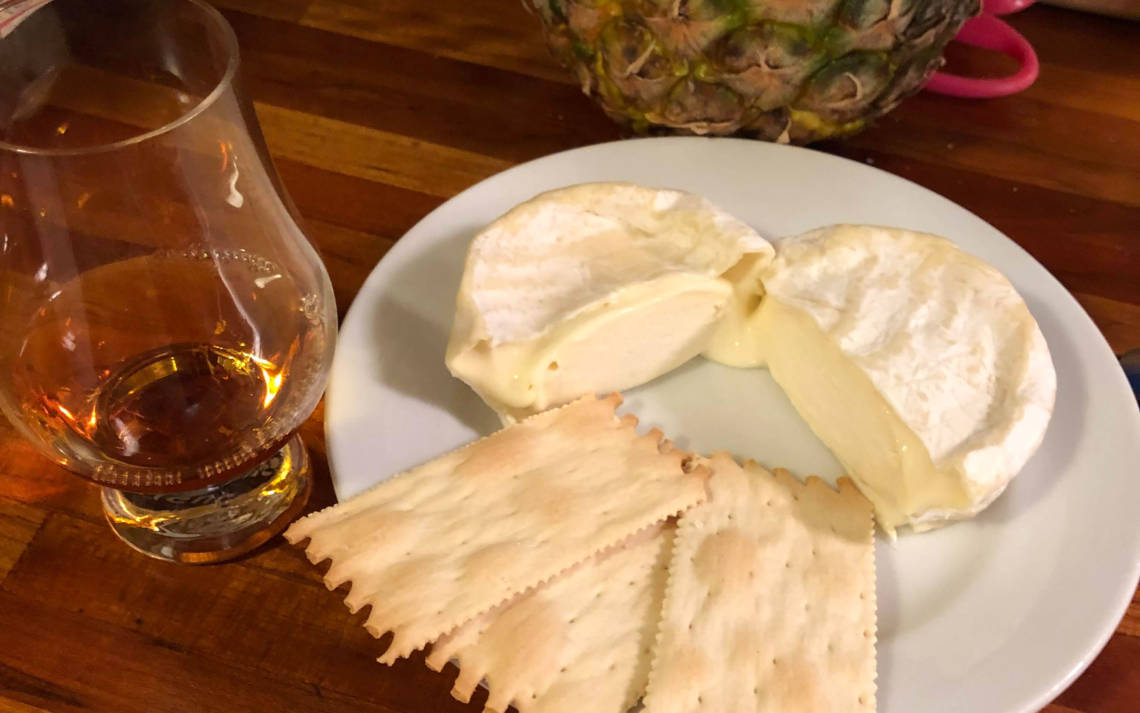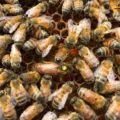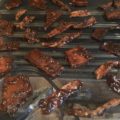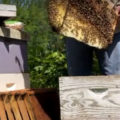St Marcellin is a very soft and creamy cheese ready to burst out of the thin rind with the least bit coaxing. As such, it’s often shipped and bought in little crocks or ramekins to hold it all together. The feature shot above was sent to me by my friend Chris Mitchell when I sent him a round to try. Thanks Chris.
The St. Marcellin recipe I followed is from New England Cheesemaking Company here. Traditionally made from goat’s milk, it’s more common to find it made with raw cow’s milk today. Little rennet is used because coagulation is by lactic acid development and not so much enzymatic. The curd is developed for over 24 hours at room temps (72F).
I also used buttermilk culture and not the regular mesophilic culture used in many of my cheeses. The result is heaven. It only ages for about a month and is ready to eat. Some people like it aged further… and since I made a 4-gallon batch, I had enough to eat some, give some away, and still let enough age in the cave (both with and without ramekins). Mine turned out just about textbook both in taste and appearance. I’ve added captions to the photos to provide more detail.
For cheesemaking, I now use the Anova immersion circulator and I don’t know what I’d do without it. You can really control the temperature, including holding the same temperature for as long as you need, and also manage the ramping of temperatures needed in most cheesemaking. If you’re really a techie, here’s the Anova Culinary Sous Vide Precision Cooker w WI-FI and Bluetooth
, the same unit, but has Wifi.























Leave a Reply